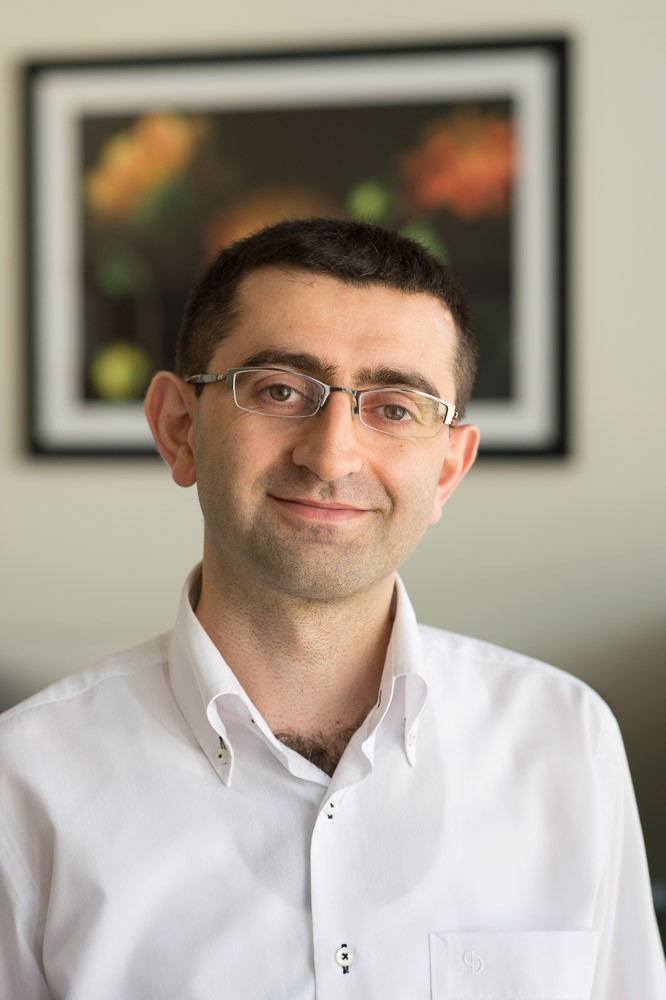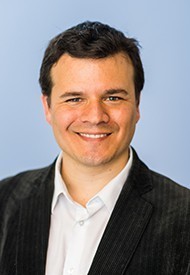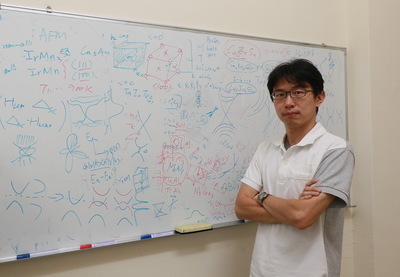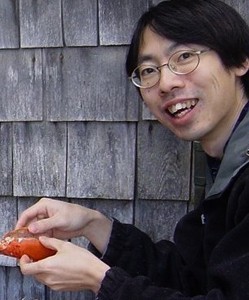Assistant Professor Shin-Ming Huang of the Department of Physics together with international research team publish research result in “Nature”





(Provided by the Office of Research and Development) The research result on “Spontaneous gyrotropic electronic order in a transition-metal dichalcogenide” by Assistant Professor Shin-Ming Huang of the Department of Physics, National Sun Yat-sen University and his international research team, led by professors of the Department of Physics, Massachusetts Institute of Technology, Nuh Gedik and Pablo Jarillo-Herrero was published in “Nature”, a prestigious journal, highly acknowledged by the academia and science and technology circles.
The research team manipulated the gyrotropic order in transition-metal dichalcogenide 1T-TiSe2 by using circularly polarized light at high temperature as the induction to the low-temperature phase. The discovery of the dichotomy in the photocurrent proved clearly that photoinduced polarizability changes the chirality of the system.
“Chirality” is a concept in physics; for example, to determine the chirality of a spiral, one can point the axis of the spiral with their right hand, hold the spiral with the other four fingers and rotate the spiral forwards. If the spiral is moving together with the four fingers (from the finger base to fingertips) towards the tip of the thumb, the spiral is called right-handed; otherwise, it’s called left-handed. In a system free of mirror symmetries, chirality is an indicator of spirality. Observing and operating chirality in different fields to see how it can be applied is something worth developing. The research team demonstrated a brand new application of material chirality manipulation, attracting the attention of the world of science and technology.
This research project was led by professors of the Department of Physics, Massachusetts Institute of Technology, Nuh Gedik and Pablo Jarillo-Herrero. Taiwanese participants included Shin-Ming Huang, NSYSU; Associate Professor Tay-Rong Chang, Department of Physics, National Cheng Kung University; and Associate Researcher Hsin Lin, Institute of Physics, Academia Sinica.
(Edited by Public Affairs Division)
Article in Nature:
Nature, volume 578, pages 545–549 (2020)
https://www.nature.com/articles/s41586-020-2011-8
The research team manipulated the gyrotropic order in transition-metal dichalcogenide 1T-TiSe2 by using circularly polarized light at high temperature as the induction to the low-temperature phase. The discovery of the dichotomy in the photocurrent proved clearly that photoinduced polarizability changes the chirality of the system.
“Chirality” is a concept in physics; for example, to determine the chirality of a spiral, one can point the axis of the spiral with their right hand, hold the spiral with the other four fingers and rotate the spiral forwards. If the spiral is moving together with the four fingers (from the finger base to fingertips) towards the tip of the thumb, the spiral is called right-handed; otherwise, it’s called left-handed. In a system free of mirror symmetries, chirality is an indicator of spirality. Observing and operating chirality in different fields to see how it can be applied is something worth developing. The research team demonstrated a brand new application of material chirality manipulation, attracting the attention of the world of science and technology.
This research project was led by professors of the Department of Physics, Massachusetts Institute of Technology, Nuh Gedik and Pablo Jarillo-Herrero. Taiwanese participants included Shin-Ming Huang, NSYSU; Associate Professor Tay-Rong Chang, Department of Physics, National Cheng Kung University; and Associate Researcher Hsin Lin, Institute of Physics, Academia Sinica.
(Edited by Public Affairs Division)
Article in Nature:
Nature, volume 578, pages 545–549 (2020)
https://www.nature.com/articles/s41586-020-2011-8
Click Num:
Share
